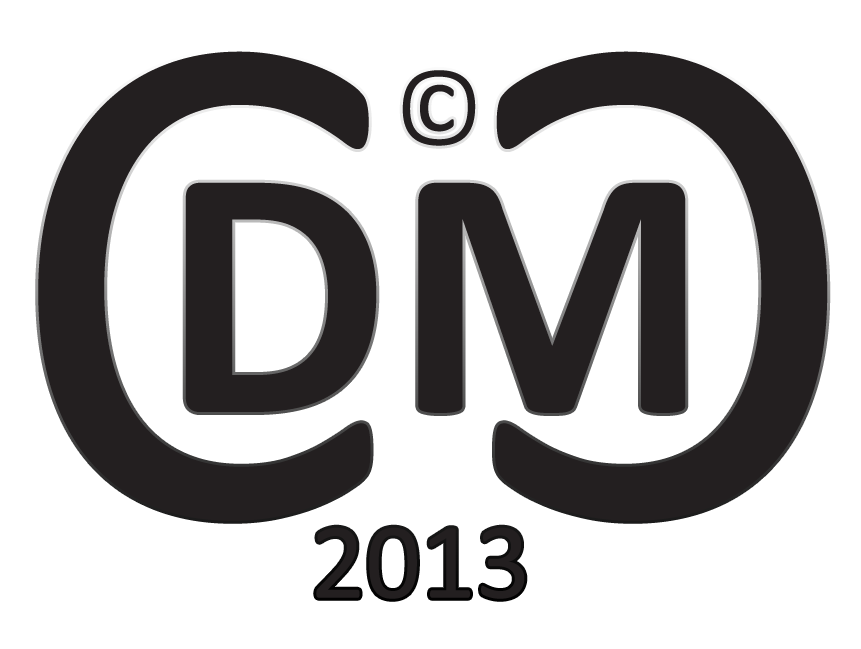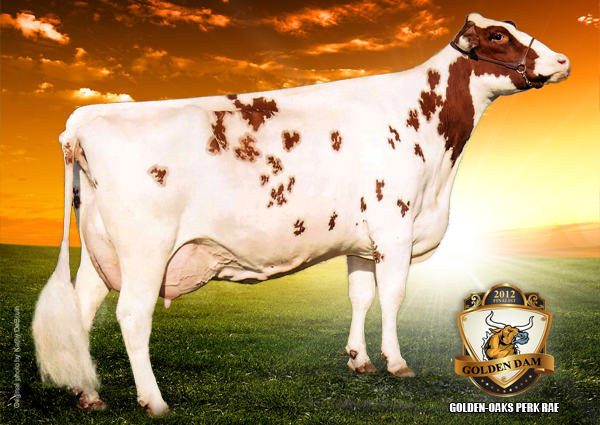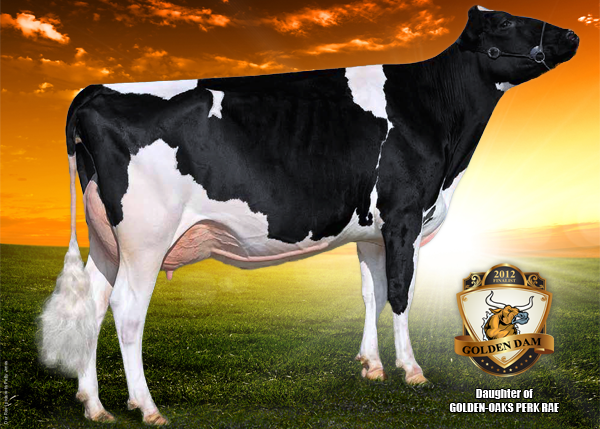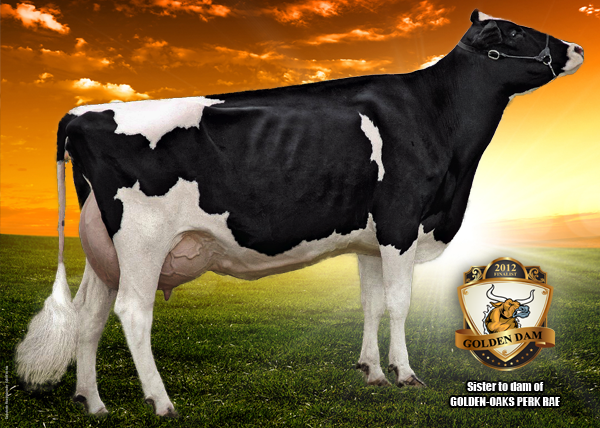There are certainly breeders who are not fans of Genomics and the heavy use of high index genomic young sires. Yet genomic sires now account for 50% of semen sales. That leads me to propose that genomics will soon be used by 84% of the breeders in the world.
![330px-Diffusion_of_ideas.svg[1]](https://www.thebullvine.com/wp-content/uploads/2014/08/330px-Diffusion_of_ideas.svg1_.png) The reason for this has nothing to do with the merits of genomic sires versus proven sires. Rather it has to do with the historical patterns of adoption of new technologies. The theory behind this is called the Diffusion of Innovations. According to this theory, consumers differ in their readiness and willingness to adopt new technology. There are the innovators (2.5 percent of the population), the early adopters (13.5 percent), the early majority (34 percent), the late majority (34 percent), and the laggards (16 percent), who are also the people who still don’t have cell phones or who are not on Facebook.
The reason for this has nothing to do with the merits of genomic sires versus proven sires. Rather it has to do with the historical patterns of adoption of new technologies. The theory behind this is called the Diffusion of Innovations. According to this theory, consumers differ in their readiness and willingness to adopt new technology. There are the innovators (2.5 percent of the population), the early adopters (13.5 percent), the early majority (34 percent), the late majority (34 percent), and the laggards (16 percent), who are also the people who still don’t have cell phones or who are not on Facebook.
As far as genomics goes, we have seen that it has followed this same pattern. When genomics was introduced, there was a small percentage of breeders who were so excited about the technology, or technology in general, which started using genomic sires instantly. These were the innovators in the dairy breeding marketplace. Since the information was not publically available and held by the A.I. centers, this uptake was very restricted. Then came the public introduction of genomics and the early adopters started using it. For a little while after that genomics seemed to stall. While there was 16% of the marketplace that was excited about Genomics and the possibilities that it held, the majority of breeders were not convinced. They had skepticism about whether genomics would work and if they should be using this new technology in their breeding programs. Regardless, the momentum started to grow.
Malcolm Gladwell describes this point, after early adoption, as “The Tipping Point” in his titled bestselling book of the same name. It’s at this point that it is determined whether something will spread like wildfire or sputter and fade into oblivion. Gladwell’s central argument is that there are actually a number of patterns and factors that are at play. They have an effect in virtually every influential trend, ranging from the spread of communicable diseases to the unprecedented popularity of a particular children’s television show. If you analyze the evolution of any significant phenomenon, Gladwell suggests, you will find that the processes involved are strikingly similar. Based on his in-depth research spanning a number of different fields, industries, and scholarly disciplines, Gladwell identifies three key factors that each play a role in determining whether a particular trend will “tip” into wide-scale popularity or fade. He calls them the Law of the Few, the Stickiness Factor, and the Power of Context.
The following is a closer look at each of these concepts and how they apply to what we have seen in the adoption of Genomics in the Dairy Breeding Industry:
- The Law of the Few
Before the tipping point can be reached, a few key types of people must champion an idea, concept, or product, Gladwell describes these key types as Connectors, Salesmen and Mavens. If individuals representing all three of these groups endorse and advocate a new idea, it is much more likely that it will tip into exponential success. Regarding the use of genomics in the dairy breeding industry, these roles were filled by the large A.I. companies, their salespeople as respected high index breeders. - The Stickiness Factor
This refers to the unique quality that compels a phenomenon to “stick” in the minds of the public and then influences their future behavior. Gladwell defines the Stickiness Factor as the quality that compels people to pay close, sustained attention to a product, concept, or idea. In the dairy industry use of genomics, this was the allure of significantly more accurate genetic evaluations for young animals combined with the ability to dramatically accelerate breeding programs. - The Power of Context
This is enormously important in determining whether a particular phenomenon will tip into widespread popularity. Even minute changes in the environment can play a significant role in the likelihood of a given concept attaining the tipping point. If the environment or historical moment in which a trend is introduced is not right, it is not as likely that the tipping point will be attained. Clearly, in order for a trend to tip into massive popularity, large numbers of people need to embrace it. However, Gladwell points out that certain groups can often be uniquely helpful in achieving the tipping point. For genomics, commercial dairy producers were that group. When they started to adopt the use of genomic young sires that marked the point at which genomics fulfilled the three concepts and crossed the tipping point.
After the use of genomic young sires crossed the tipping point, the rate of adoption accelerated to the point where the limiting challenge was not consumer demand, but rather the ability of A.I. companies to supply the semen. Because young sires produce far less semen than mature proven sires, it is hard for A.I. companies to meet demand. This has actually led to an increase in the number of young sires being sampled compared to the number that was forecast when genomics was first introduced. A.I. companies have had to sample more sires than predicted in order to meet the growing demand. It has also led to a much shorter active use life span for sires than in the past.
The Polled Story
In looking at the three tipping point factors, when applied to the dairy industry, you can see why some trends may not have been adopted as quickly. An example of this is the use of polled sires. Polled sires have been around for years but have failed to gain significant traction until recently. (Read more: Polled Dairy Genetics: The Cold Hard Facts, From the Sidelines to the Headlines, Polled is Going Mainline! and Why Is Everyone So Horny For Polled?) That is because while polled certainly has the concept of the Law of the Few, it has not had the Power of Context. While there have been significant gains in quality of the polled sires available, adoption will not pass that tipping point until it meets the third concept that Gladwell highlights, which is the Power of Context. Until there is significant consumer demand that dairy cattle not be dehorned, the use of polled sires will not pass the tipping point. While there will certainly be polled sires in the top 10 genomic sires within 2-3 years, and proven sires in 5-6 years, polled semen will not account for more than 16% market share until it develops the Power of Context (consumer demand for animal treatment) needed to cross the tipping point. It’s for that reason that I think that widespread polled semen use will not really take off until 10-12 years from now. Until then, it will be the domain of the innovators and the early adopters and stay below 16% market share. In fact, I would argue that it has just recently crossed over in the past couple of years from the innovators to now include the early adopters.
The Bullvine Bottom Line
Throughout history, there have been many excellent examples of products or technologies that have failed for a variety of reasons. Genomics met resistance similar what was faced by artificial insemination in the early days. However, currently genomic usage has crossed the tipping point. It is now inevitable that soon 84% of the dairy breeding industry will be using genomic sires.
Not sure what all this hype about genomics is all about?
Want to learn what it is and what it means to your breeding program?









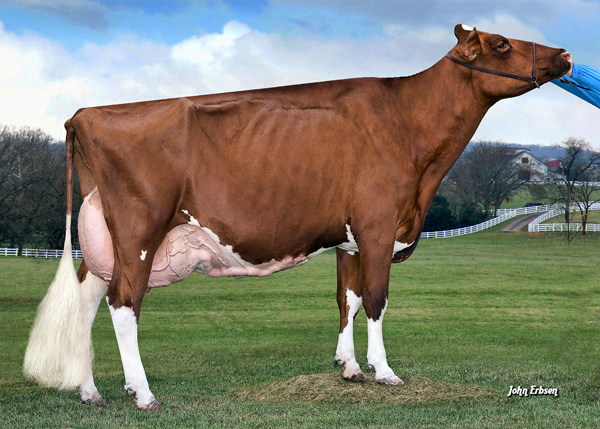

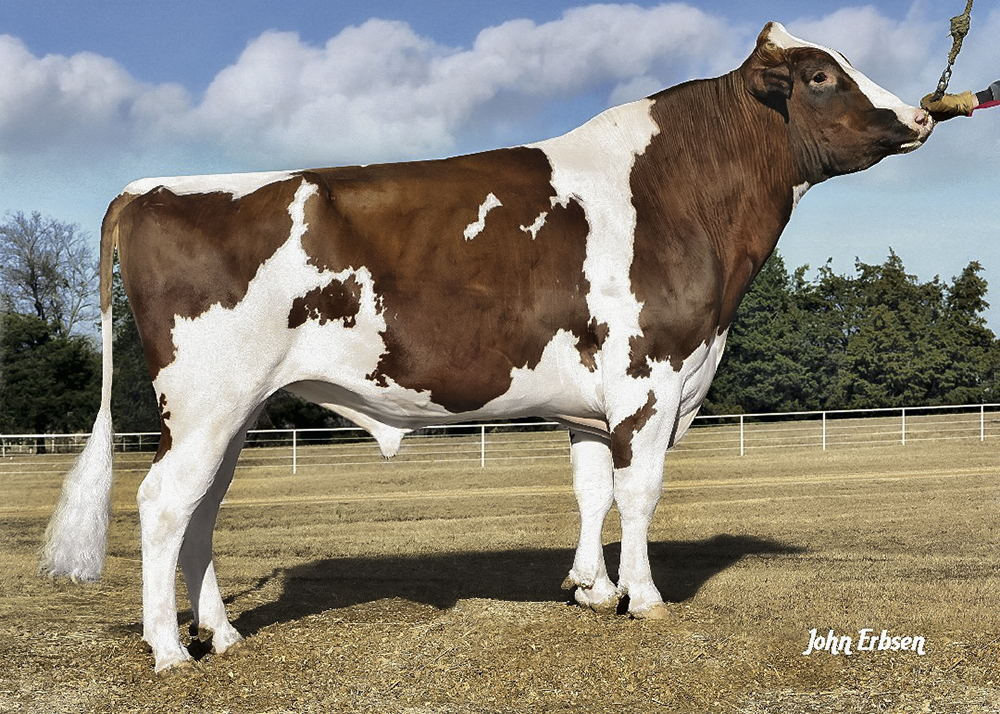
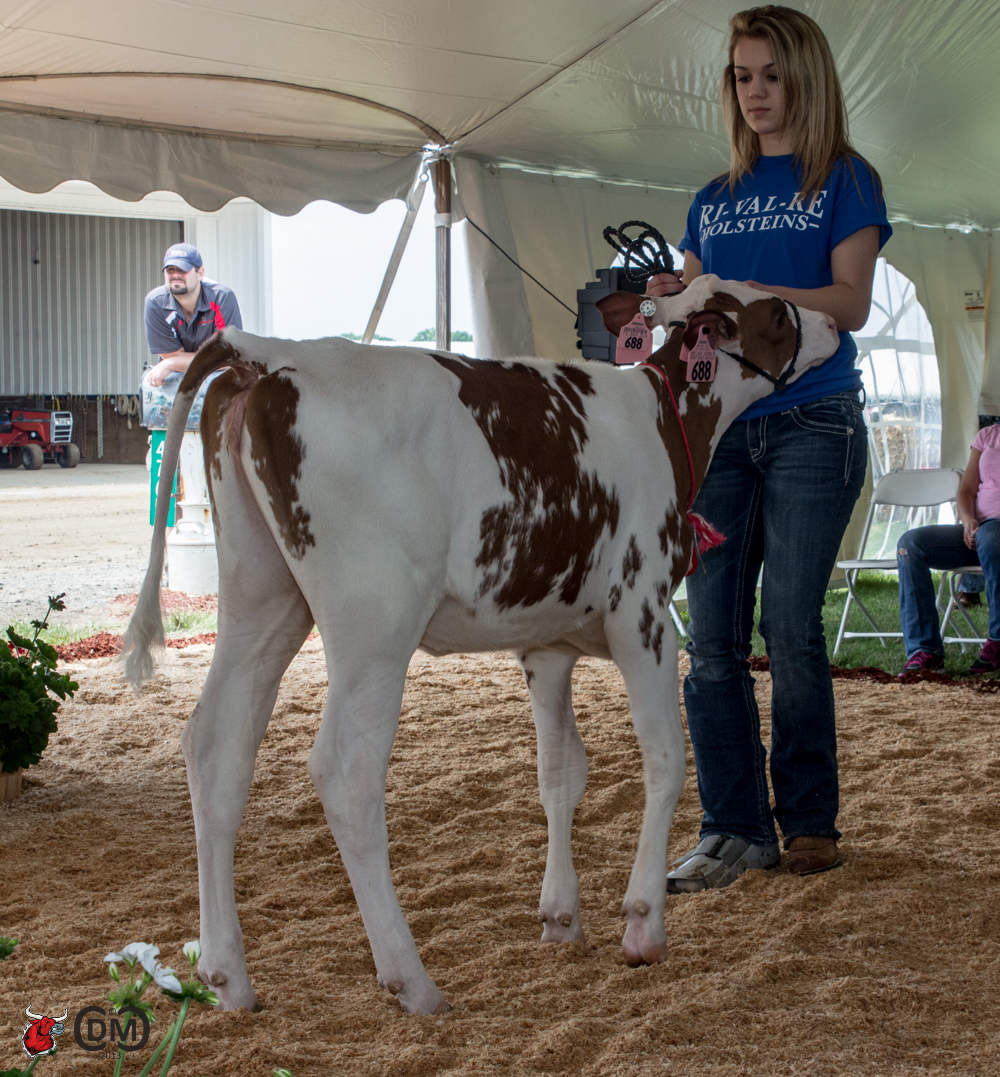

![7HO11781[1]](https://www.thebullvine.com/wp-content/uploads/2013/05/7HO117811.jpg)
